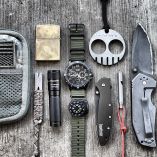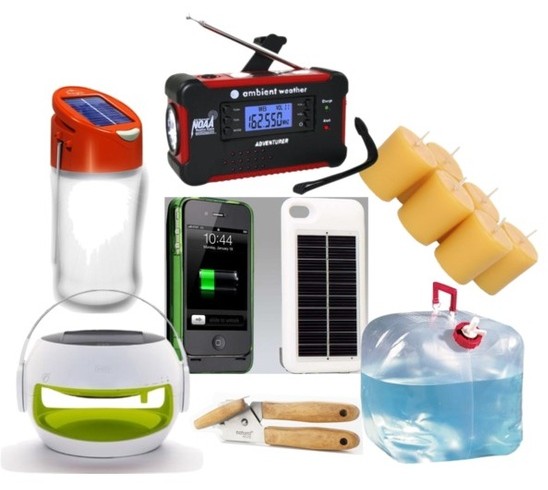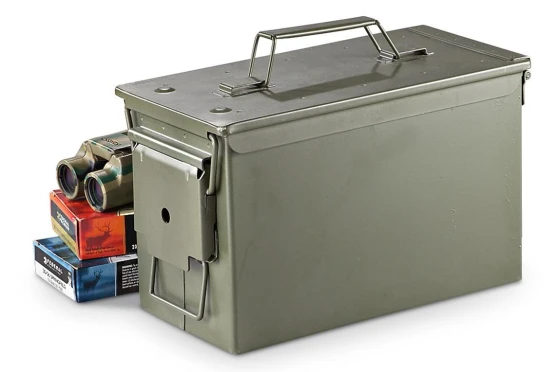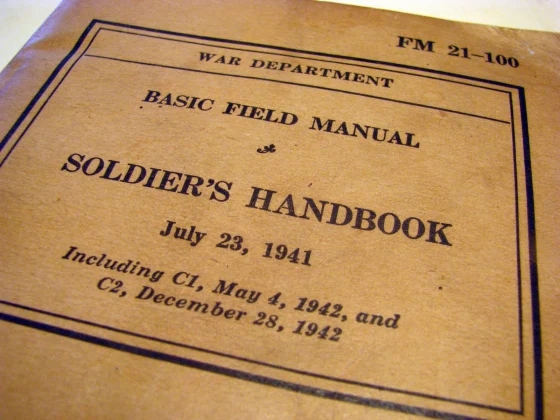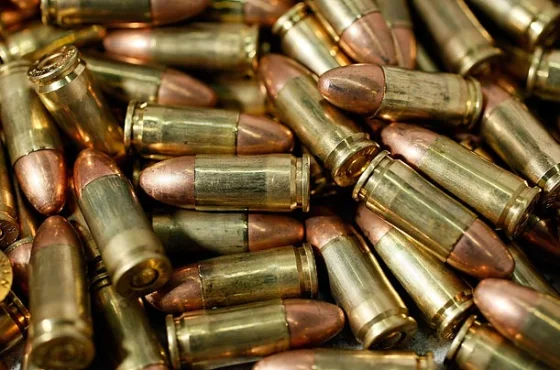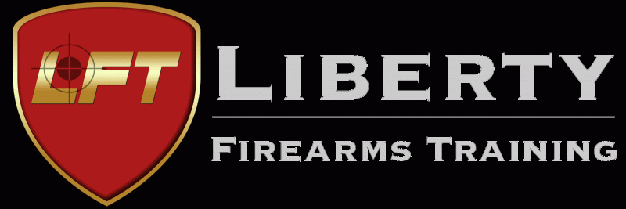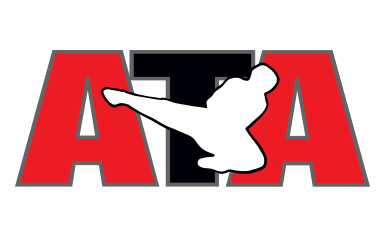
“The great body of our citizens shoot less as time goes on. We should encourage rifle practice among schoolboys, and indeed among all classes, as well as in the military services by every means in our power. Thus, and not otherwise, may we be able to assist in preserving peace in the world. The first step in the direction of preparation to avert war if possible, and to be fit for war if it should come, is to teach men to shoot!”
– President Theodore Roosevelt’s last message to Congress –
Firearms Training Philosophies:
- SWAT’s Why The Pros Shoot Better Than You
- Throwing Lead’s Article on Training Priorities
- Throwing Lead’s United States Army Marksmanship Unit Training Manual
back to top
Practice Drills:
Hammer: 2 hits, center mass, 1 sight picture, normally 8-10 yards, possible 25 yards.
Jack-Hammer: 3 hits, 1 sight picture.
El Diablo: 18 yards; 18 rounds; 18 seconds, 3 magazines; 6 rounds each; 6 shots standing, kneeling, prone.
back to top
Target Shooting Diagnosis:
back to top
Dry Fire Practice:
Dry fire is the practice of “firing” a firearm without ammunition. That is, to pull the trigger and allow the hammer or striker to drop on an empty chamber. Dry fire practice will help refine your trigger control. It will pay off with huge dividends when you go back to the gun range. Dry fire techniques are discussed further below.
Most modern firearms are mechanically safe to dry fire, however certain firearms can easily be damaged if the firearm’s trigger mechanism is fired on an empty chamber. Damage can be prevented by using simulated ammunition generally referred to as “Snap Caps”, discussed further below.
What Guns Are Safe To Dry Fire?
Firearms that can be damaged by dry firing include, but are not limited to:
- Hammerless double barrel shotgun.
- Any rimfire (.22LR, 17 HMR, .22WMR, etc.), although it is probably okay with a modern Ruger 10/22.
- Hammerless revolvers (Smith & Wesson 642/442)
- Any older or antique firearm.
Guns that are safe to dry fire include:
- Glock
- Springfield XD
- Modern revolvers with a transfer bar rather than an exposed firing pin on the hammer.
- All modern Smith & Wesson handguns, except for rimfire (although I have had a hammerless model 642 .38 Special that suffered internal damage that a gunsmith blamed on dry firing).
Use Snap-Caps To Protect Your Firearm While Dry Firing:
How To Dry Fire:
Before discussing how to dry fire practice, it is absolutely important to follow theses safety rules:
- Triple check your firearm to be sure that it is unloaded.
- No ammunition in your practice area.
- Your practice area should allow you to point the gun in a safe direction.
- When your dry fire routine is over, IT’S OVER.
back to top
“The best form of troop welfare is first class training.”
-Field Marshal Erwin Rommel-
Practice Results:
If you are getting 100% of your hits where you want them to be then you are not pushing yourself hard enough.
If you are getting only 70% of your hits where you want them you are pushing yourself too hard.
You should be getting 90%.
back to top
Distance Conversions:
Meters to Yards:
- 100 meters = 109 yards
- 200 meters = 218 yards
- 300 meters = 327 yards
Yards to Meters:
- 100 yards = 91 meters
- 200 yards = 183 meters
- 300 yards = 274 meters















